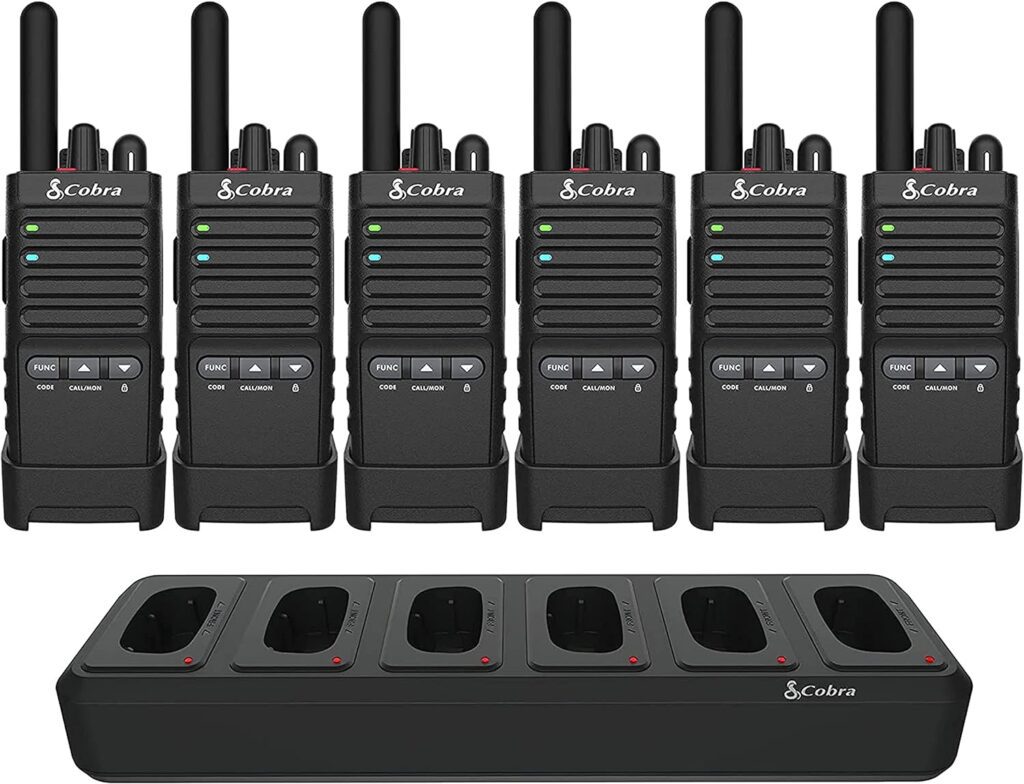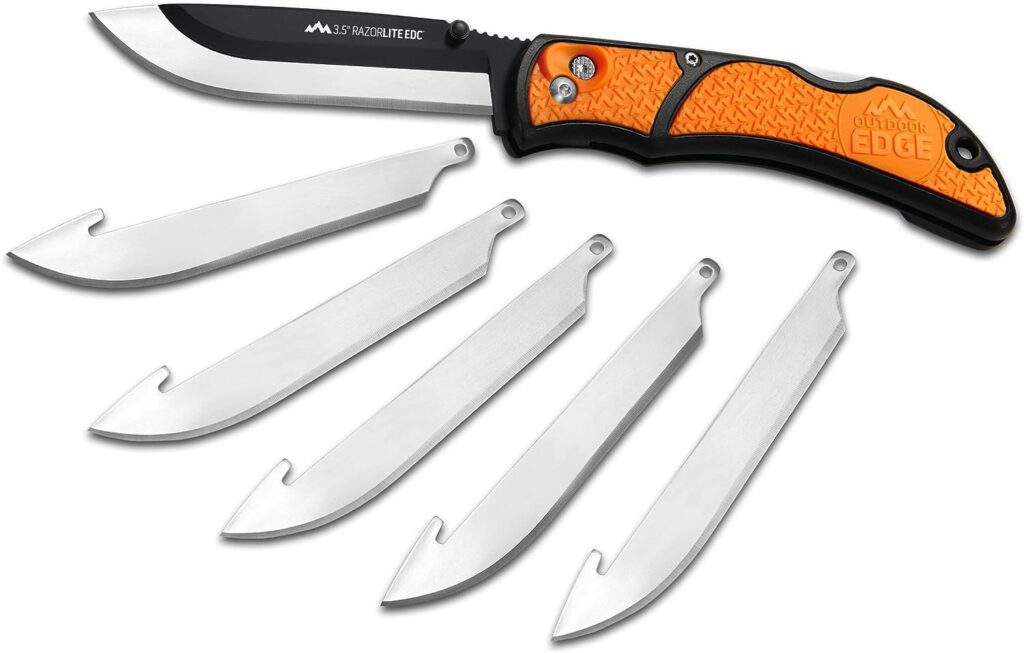Welcome to my comprehensive guide on how to store wheat berries long term. If you’re looking to preserve your wheat berries and keep them fresh for years, you’ve come to the right place. In this article, I will share with you the best practices, tips, and methods for long-term wheat berry storage. Whether you’re storing grains for extended periods or simply want to ensure the longevity of your wheat berries, this guide will provide you with the information you need.
When it comes to storing wheat berries, it’s crucial to choose the right storage containers. Food-safe 5-gallon buckets with twist Gamma lids are highly recommended for their airtight seal and easy organization. These bins can be stacked and come with a measuring scoop and labels, making it convenient to store and access your wheat berries when needed.
Furthermore, finding a cool and dry place to store your wheat berries is essential to prevent spoilage. Some individuals opt to store their wheat berries in the freezer to further extend their shelf life. Additionally, it’s important to note that freshly milled flour should be used as soon as possible, as its nutritional content begins to decline immediately.
If you plan on milling your grain in advance, it is advisable to keep the milled flour in the fridge for up to 7 days or in the freezer for up to 6 months. By following these storage tips and best practices, you can ensure that your wheat berries remain fresh and ready to use for years to come.
How to Grind Whole Wheat Flour at Home
Grinding your own whole wheat flour at home is a simple and rewarding process. It allows you to have full control over the quality and freshness of your flour, ensuring that you are getting the most nutritional value out of your grains. To start grinding your own flour, you will need the right equipment. A grain mill is highly recommended for the best results. An electric stone mill, such as the Nutrimill Harvest, is a great option for milling whole wheat flour. However, if you don’t have a grain mill, you can still grind grains at home using blenders like the Vitamix or Blendtec, although the texture may not be as fine.
When choosing the right grain mill, it’s important to consider factors such as ease of use, durability, and the ability to grind grains in larger quantities. Electric stone mills are efficient and provide a consistent grind, resulting in a finer flour consistency. This is especially important when baking bread, as a finer flour will help develop gluten and yield a better texture. Additionally, milling your own flour allows you to experiment with different varieties of wheat, such as hard white wheat for breads or soft white wheat for pastries, giving you more versatility in your baking.
Milling your own flour has numerous benefits. Firstly, it ensures that you are using fresh flour, which is higher in nutritional content compared to commercially milled flours that may have been sitting on store shelves for extended periods. Freshly milled flour also has a superior flavor, adding a nutty and wholesome taste to your baked goods. Furthermore, by grinding your own flour, you can avoid any additives or preservatives that may be present in store-bought flours, making it a healthier option for you and your family.
Grinding Grains Without a Mill
If you don’t have access to a grain mill or a blender, there are still ways to grind grains at home. One method is to use a mortar and pestle to manually grind the grains into a fine powder. This can be time-consuming and labor-intensive, but it will get the job done. Another option is to use a coffee grinder, although it’s important to note that coffee grinders are not designed for grinding grains and may not produce the desired consistency. Regardless of the method you choose, grinding your own whole wheat flour at home is a rewarding experience that allows you to take control of your baking ingredients.
Choosing the Right Wheat for Milling at Home
When it comes to milling your own flour at home, choosing the right type of wheat is crucial for achieving the desired results in your baked goods. Different varieties of whole grain have distinct characteristics that make them suitable for specific types of products. Here are some key considerations to keep in mind:
Hard White Wheat for Breads
If you’re planning to bake bread, hard white wheat is an excellent choice. This type of wheat contains a higher protein content, which allows the dough to develop gluten more readily. The result is a loaf of bread with a tender crumb and good structure. Hard white wheat produces bread that is lighter in color compared to bread made with hard red wheat.
Soft White Wheat for Pastries
For pastries and other delicate baked goods, such as cookies and cakes, soft white wheat is the preferred option. Soft white wheat has a lower protein content, resulting in a tender and fine-textured product. Its subtle flavor complements sweet treats and enhances their overall taste.
Consider Other Varieties
In addition to hard white and soft white wheat, there are other whole grain varieties that you may want to consider for milling at home. Hard red wheat is often referred to as “whole wheat” and has a stronger, nuttier flavor. Ancient grains like spelt, einkorn, and khorasan wheat offer unique flavors and nutritional profiles, making them great choices for experimentation in your baking endeavors.
By selecting the right type of wheat for your specific baking needs, you can elevate the quality and taste of your homemade goods. Whether you’re aiming for fluffy bread or delicate pastries, understanding the characteristics of different wheat varieties is key to achieving baking success.


Tips for Baking with Freshly Milled Flour
Baking with freshly milled flour can be a rewarding experience, but it does come with its challenges. Here are some tips and tricks to help you navigate the process and achieve delicious results.
Understanding the Challenges
Baking with freshly milled flour is different from using store-bought all-purpose flour. Freshly milled flour contains more air and needs time to settle before accurate measurement. To ensure proper measurement, it’s recommended to pack the flour slightly more into the measuring cups.
Additionally, freshly milled flour has a higher moisture content, which can affect the texture and consistency of your baked goods. It may require some adjustments to the recipe, such as adding a bit more liquid or reducing the baking time.
Start with Tried and Tested Recipes
If you’re new to baking with freshly milled flour, it’s best to start with recipes specifically designed for this type of flour. These recipes have been tested and optimized to yield the best results. As you gain more experience and confidence, you can experiment with adapting your favorite recipes to include freshly milled flour.
There are plenty of resources available online, including blogs and cookbooks, that offer a wide range of recipes for baked goods using freshly milled flour. Don’t be afraid to explore and try different recipes to find the ones that suit your taste and preferences.
Embrace the Benefits
Baking with freshly milled flour may present some challenges, but it also brings a myriad of benefits. Freshly milled flour retains more nutrients compared to commercially milled flour, making your baked goods more nutritious. It also has a distinct and complex flavor that can elevate the taste of your creations.
Using freshly milled flour in your baking allows you to have more control over the quality of the ingredients and the overall outcome of your baked goods. It gives you a deeper connection to the food you consume and a sense of satisfaction in knowing that you’re using wholesome, freshly milled grains.
Conclusion
Storing wheat berries long term requires the right storage containers and conditions. Food-safe 5-gallon buckets with twist Gamma lids are ideal for keeping your wheat berries fresh and organized. It’s crucial to store them in a cool, dry place or in the freezer to prevent spoilage and extend their shelf life.
When it comes to milling your own flour at home, investing in a grain mill like the Nutrimill Harvest is highly recommended for finer flour consistency and larger quantities. However, if you don’t have a grain mill, blenders like the Vitamix or Blendtec can be used as alternatives. Just keep in mind that the results may not be as ideal.
Choosing the right wheat for milling depends on the type of baked goods you’ll be making. Hard white wheat is perfect for breads, while soft white wheat is better suited for pastries. Additionally, experimenting with other varieties of whole grains, such as hard red wheat or ancient grains like spelt, einkorn, and khorasan wheat, can offer unique flavors and nutritional profiles.
Baking with freshly milled flour may require some adjustments, but the health benefits and superior flavor make it worth the effort. Remember to pack freshly milled flour slightly more into the measuring cups and start with specific recipes until you become familiar with the process. By following these tips and best practices, you can master the art of storing and using wheat berries for the long term.
FAQ
What kind of storage containers should I use for long-term storage of wheat berries?
It is best to use food-safe 5-gallon buckets with twist Gamma lids. These airtight bins can be stacked and come with a measuring scoop and labels for easy organization.
Where should I store wheat berries to prevent spoilage?
Wheat berries should be kept in a cool, dry place. Some people prefer to store them in the freezer to extend their shelf life even further.
How long can I keep freshly milled flour?
Freshly milled flour should be used as soon as possible, as it begins to lose its nutritional content immediately. If milling in advance, it is advisable to keep the milled flour in the fridge for up to 7 days or in the freezer for up to 6 months.
What equipment do I need to grind whole wheat flour at home?
The recommended equipment for grinding whole wheat flour at home is a grain mill. An electric stone mill, such as the Nutrimill Harvest, is highly recommended for milling whole wheat flour. If you don’t have a grain mill, you can try grinding grains at home using blenders like the Vitamix or Blendtec, although the results may not be as ideal.
What type of whole grain should I choose for milling at home?
The type of whole grain you choose depends on the type of baked goods you’ll be making. Hard white wheat is ideal for breads, while soft white wheat is better suited for pastries and cookies. Other varieties of whole grain, such as hard red wheat or ancient grains like spelt, einkorn, and khorasan wheat, offer unique flavors and nutritional profiles, making them excellent choices for experimentation.
How is baking with freshly milled flour different from using regular all-purpose flour?
Freshly milled flour has more air and needs to settle before accurate measurement, so it’s important to pack it slightly more into the measuring cups. Baking with fresh milled flour can be challenging, as there is a learning curve involved. However, the health benefits and superior flavor of freshly milled flour make it worth the effort. It is recommended to start with specific recipes until you become familiar with the process.








